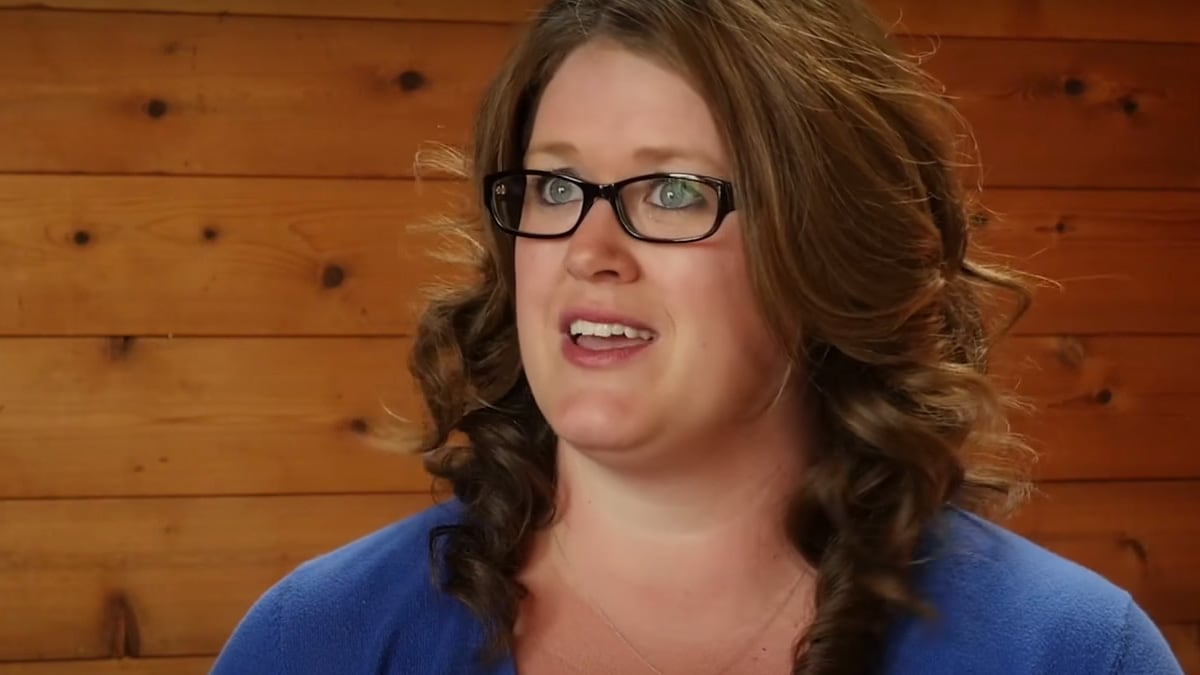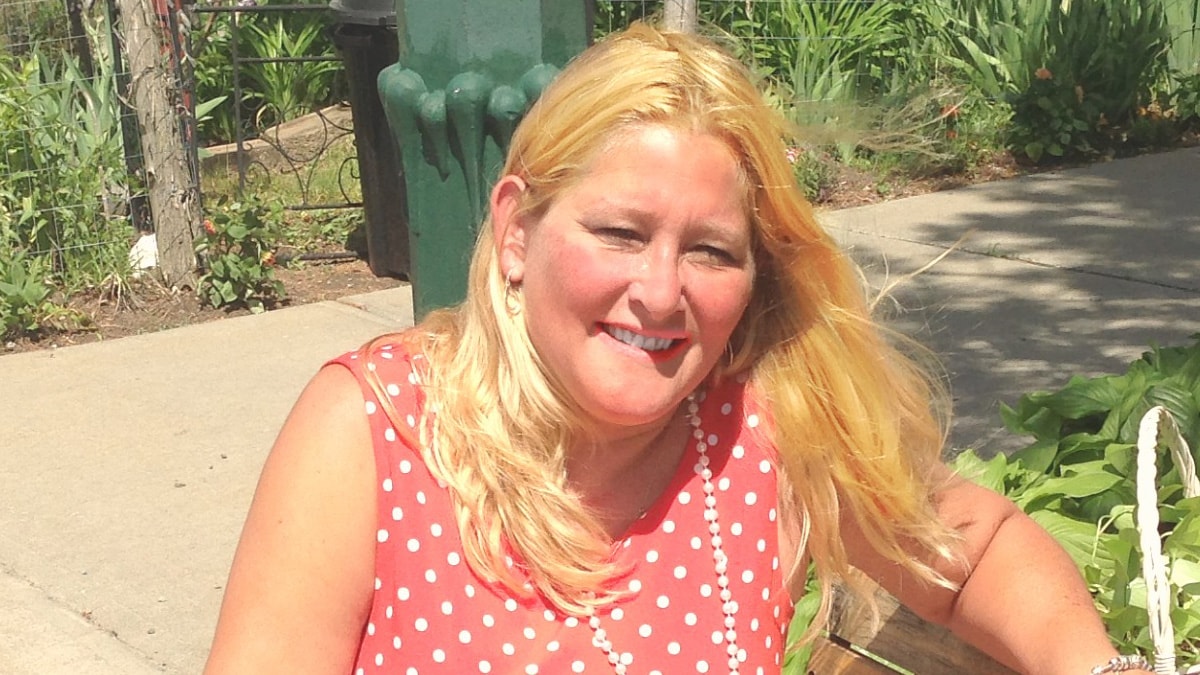At a glance
The Tracking Network is more than just data – it’s also a network of people and resources that transform data into public health action. Tracking programs provide essential environmental health infrastructure and expertise to keep communities safe and help improve where we live, work, and play. Faces of Tracking showcases the people who have been impacted by Tracking, or have used Tracking data to enact public health change across the United States.

Minnesota - Emma's Story

"When you are 17, you think that nothing will happen to you. At the indoor tanning place, they have all of these papers to sign. I just wanted to get in and out, so I signed without reading about the risks.
I now understand that melanoma is a dangerous form of skin cancer. And it is increasing in Minnesota and throughout the country. My advice to everyone, especially kids and young adults: don't tan indoors. And when you are outside, wear sunscreen and clothing that protects you from UV sunlight."
Exposure to UV light from the sun or tanning beds increases your risk of developing melanoma. In 2014, the Minnesota legislature considered data from the Minnesota Tracking website that showed increasing rates of skin cancer among young women. They passed a law that prohibits minors from tanning indoors. Two years later, the percent of white, non-Hispanic 11th grade young women who tan indoors decreased from 32% to 9%.
New York - Kelly's Story

"The Kemble Park is important to the health of the Cornhill Community because it is a park for all ages. Having green space in a community gives children, adults and seniors a place to be active and enjoy outdoor activities. The health of a community is improved when there are safe, clean places for play and activity."
Cornhill is a low-income, urban neighborhood near downtown Utica, New York. The neighborhood association actively works to improve the community. One project was to turn the site of an old, demolished elementary school on Kemble Street into a park or playground. But they needed help to create a place for children to play safely.
Residents partnered with the New York State Tracking Program and other state health department staff to help make their dream a reality. The state tracking program staff compiled data on community health indicators. The community used the data in an application for funding to help build the much-needed park.
Vermont - Erik's Story

"I love taking my kids to the beach around Lake Champlain. But during certain times of the year, I noticed that there is a lot of algae. I was concerned that it might hurt my kids. I found out about the blue-green algae tracker driving home one day. I thought, wow, this would be great to figure out where to take my kids to the beach."
Blue-green algae are a type of bacteria that occur naturally in ponds and lakes throughout Vermont. Coming in contact with blue-green algae can make people and animals sick. The Vermont Tracking Program's Blue-Green Algae Tracker maps current algae conditions of recreational lakes. It can help people decide what lakes are safe to visit.
Watch the Tracking in Action video to learn more.
Washington - Meghan's Story

"The [Washington Tracking Program's] Geology Risk Map showed that there is a high risk for radon in my area. I wanted to check the radon levels in my home because I have a child that's living in one of the rooms in the basement. And I have other children in the home as well. It turned out we actually had elevated radon. Now we are taking action to decrease our exposure.
I'm so happy we discovered the high radon levels quickly and not after many years of exposing our children to them."
Radon is a gas that can seep up from the ground and become trapped in buildings. Long-term exposure to radon can result in lung cancer. Testing is the only way to know if radon levels are high in a particular home or office. To help guide testing decisions, the Washington Tracking Program worked with state geologists to develop a new, more detailed radon exposure risk map.
The new map showed previously unknown hot spots and many high to moderate risk areas where no testing had been performed in the past. Based on this new information, Washington Tracking Program staff raised public awareness about the importance of radon testing, prompting people like Meghan to test their homes.
Watch the Tracking in Action video to learn more.
